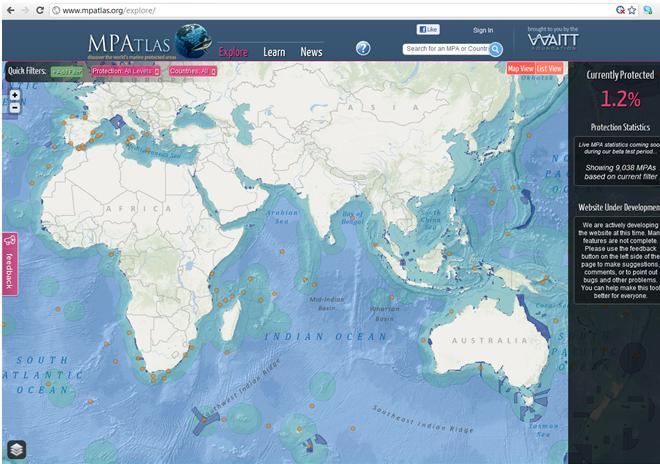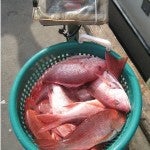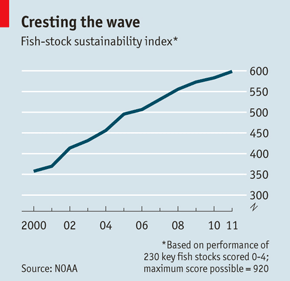Today, June 8, 2012 marks the fourth World Oceans Day. The United Nations established this special day both to celebrate and pay tribute to the mighty body of water that covers 71% of the Earth’s surface and contains 97% of the planet’s water. The world’s oceans generate most of the oxygen we breathe, regulate our climate, clean the water we drink and house potential medicines for illnesses.
Let’s not forget that our oceans also provide us with seafood, which plays an integral role in the food security of billions of people worldwide. Small and large communities in many regions of the world depend on fish as a primary source of protein. For many, it provides an invaluable supplement for diversified and healthy diets. Our oceans also support the fishing industry, which provides an important means of income for millions of people and their families.
Our oceans do a great deal for us and on this day we must recognize that they are in serious trouble. According to the 2010 State of World Fisheries and Aquaculture report, more than 80% of global fisheries are fully or over exploited. But the tide is turning in American fisheries. Fisheries management reform and best practices are nursing these fisheries back to health—rebounding fish stocks, returning job stability and providing consumers with fresh and sustainably caught seafood. And this is definitely excellent news to celebrate. Happy World Oceans Day.













